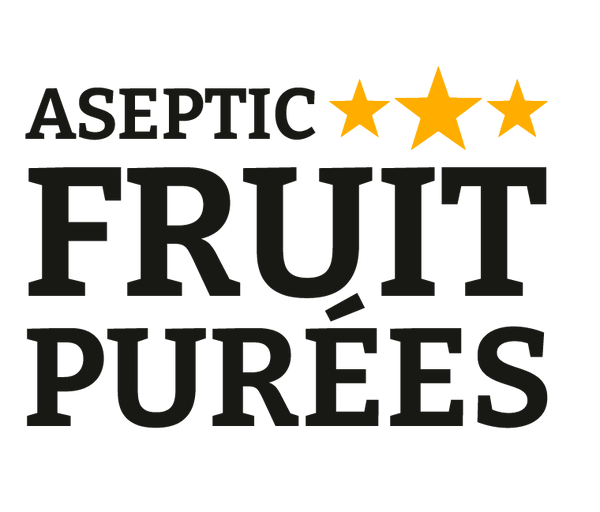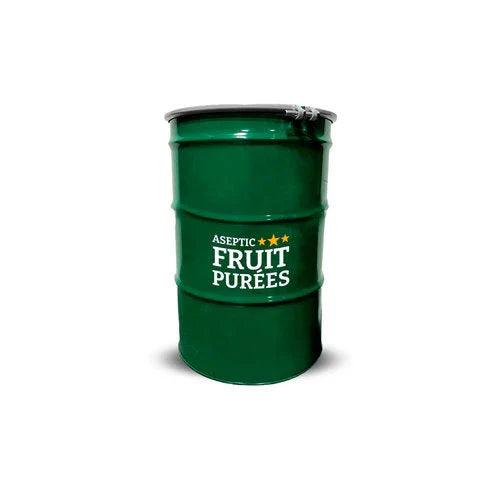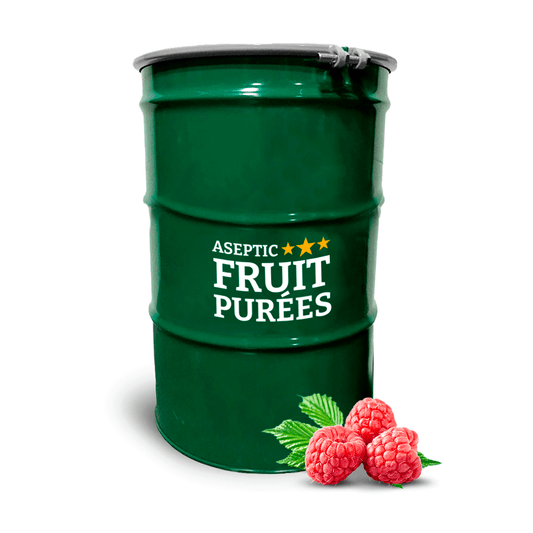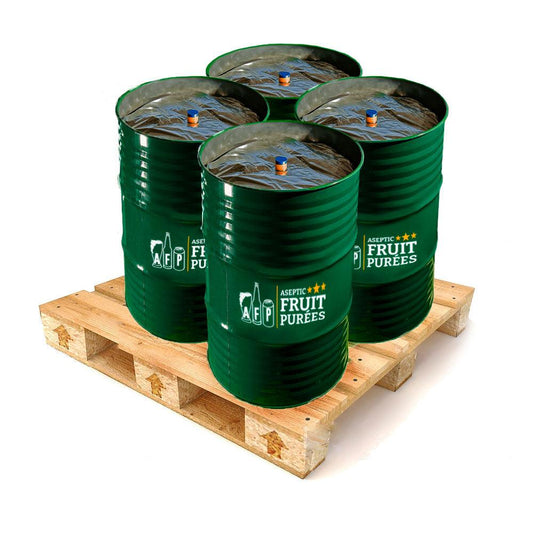What Makes Them Similar?
Breweries and distilleries go hand in hand. They are often found in the same parts of town, usually industrial parks. Brewers and distillers are cut from the same cloth. Almost every distiller is a brewer first. In some cases, a distiller has a brewer on staff to produce wort and ferment it into alcohol that will be distilled. There is a fun rivalry between some brewers and distillers, friendly banter to help the day go by. Distilling starts with basic ingredients like in beer. The wort is produced in a brewhouse then cooled down and yeast is added, very similar to beer production. The grain bill is slightly different, and distiller’s yeast is capable of fermenting to a much higher degree – meaning the distilled product is as high in alcohol as possible.
Once the yeast has consumed sugars and has produced alcohol the next step is distillation. Using either a pot still or a column still depending on the spirit being produced. For instance, whiskey is distilled in a pot still and vodka, gin, etc. are distilled in a column still. There is also such thing as a hybrid pot/column still which is what many craft distillers utilize to produce a variety of products. This fermented alcohol is heated into a vapor and then condensed back into liquid. The first bit to run through is referred to as the “heads” which contains low boiling point alcohols and compounds like acetone. The “heads” must be discarded and never consumed. You may have heard old tales of folks going blind after consuming bad moonshine – well if this is true, it is likely the result of drinking the “heads.” But now onto the good stuff. The “hearts” are what comes out after the “heads” and this is what you want to collect in the final product. The “tails,” you guessed it… is what comes at the very end that has low levels of alcohol and can be sent back through on another pass. This is similar to “last running” of a lauter in brewing.
Room to Grow
Breweries and distilleries have been historically two separate entities, but things could start changing. Right now, the main objective of any distillery or brewery is to keep your customers happy and continuing to drink and enjoy their variety of products. The main idea for many organizations is to have something for everyone, with some specialties or lines wooing more consumers than others; but having an option for every kind of drinker is paramount. Being a brewer of beer and beer alone has been the norm since the beginning of the craft movement, with a few exceptions. However, with the rise of the seltzers in 2019, more breweries have started producing seltzer. With a seltzer basically being a mock vodka soda with flavor - it opened the door to brewers thinking about expanding their offerings to include hard liquor or spirits.
In these industrial parks you will often see a brewery and a distillery, maybe even a craft winery. These have been communities that work in a cooperative way. And the idea is that there will be something for everyone to drink, “we can just walk down there.” However an emerging trend that might very well become “the new normal” is to have one producer make all hard alcohol, seltzer, and beer. If this is not ambitious enough, consider a facility that produces EVERY product served. People seem to always be looking for a “one-stop shop” experience where they can have more choices and with mentality of its patrons, facilities are more likely to retain (and add) customers.
More Consolidation Ahead?
These two worlds were bound to collide at some point. Having a brewery and a distillery under the same roof may be a lucrative business model moving forward. The permits are different for each process which has to be obtained for each type of product produced like a brewer’s license and a distiller’s license. Small operations that are transparent about processes and ingredients used are the principles of craft. This started with craft brewers in the 1980’s in the United States; it was a way to use premium ingredients with an emphasis on quality. Setting themselves apart by focusing on producing LESS volume but at a HIGHER quality with a clever artistic touch. This was too enticing for distillers not to take notice. It was the embodiment of the principles that both brewers and distillers shared. So just like the craft brewery movement, the craft distillery movement took place and is continuing to expand rapidly.
There is still room for growth in both industries, however there is more of a void in the craft distillery world. If you think about it, the original “craft distillers” could have been moonshiners – those early pioneers were doing the same thing many craft distilleries are doing today. The really bad ones are very noticeable, and while they will likely will not make you go blind there is definite room for improvement. Maybe they did not have a source for exotic fruit purees? Who knows… it could have improved the product. Moonshining in its time was filling a need that was not being met. Location had a lot to do with the fact that people engaged in illegal liquor production. People that lived out in the middle of nowhere had to make it themselves. One of the most famous was Marvin “Popcorn” Sutton. Sutton lived most of his life in the Maggie Valley area of North Carolina. He is from a multi-generational family of moonshiners – one that is still continuing on today, except this new generation is “going legit” and obtaining the proper licensing. And the best of all, there is a market that wants to taste something authentic. Authenticity is what everyone is striving to be and that is what consumers are searching to experience first-hand.
What’s Next?
More breweries are expanding their permits to include distilled spirits. Licensed distillers already brew beer – that is if they let it stay that way and stop their distilling process before moving on to next steps. However, an additional permit is required to pour pints of beer as a distiller. There are far less distilleries seeking a brewer’s license than the other way around, it does happen but is far less common but maybe that will change? Breweries on the other hand can source wholesale alcohol with the proper licensing. The beverage industry is an ever growing, ever changing thing. There will always be consolidation in industry. Breweries and distilleries consolidating makes a lot of sense from that perspective. Perhaps other key players in the beverage business realize they have more in common with their neighbors than they thought and will make a similar consolidation. Only time will tell where the beverage industry will be, however we know there is forward progression.
Nick Burgoyne is our Brewing Consultant
with more than 15 years of experience in the
craft beer industry. nick_burgoyne@yahoo.com






